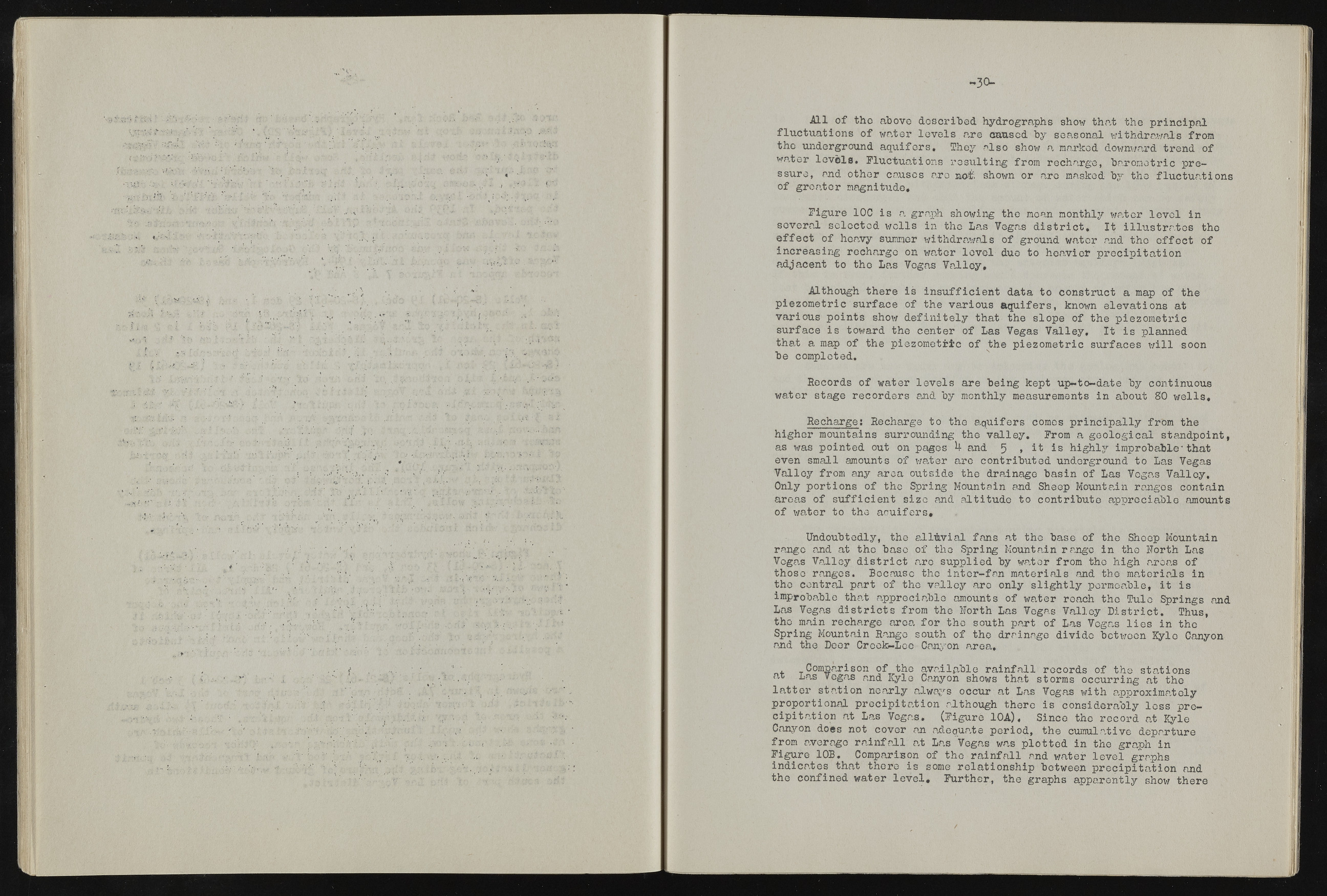Copyright & Fair-use Agreement
UNLV Special Collections provides copies of materials to facilitate private study, scholarship, or research. Material not in the public domain may be used according to fair use of copyrighted materials as defined by copyright law. Please cite us.
Please note that UNLV may not own the copyright to these materials and cannot provide permission to publish or distribute materials when UNLV is not the copyright holder. The user is solely responsible for determining the copyright status of materials and obtaining permission to use material from the copyright holder and for determining whether any permissions relating to any other rights are necessary for the intended use, and for obtaining all required permissions beyond that allowed by fair use.
Read more about our reproduction and use policy.
I agree.Information
Digital ID
Permalink
Details
Member of
More Info
Rights
Digital Provenance
Publisher
Transcription
3 0 - All of tho above described hydrographs shoxir that the principal fluctuations of water levels are caused by seasonal withdrawals from tho underground aquifers. They also show a marked downward trend of water levels. Fluctuations resulting from recharge, barometric pressure, and other causes are not. shown or are masked by the fluctuations of greater magnitude. Figure IOC is a. graph showing the moan monthly water level in several selected wells in the Las Vegas district. It illustrates the effect of heavy summer withdrawals of ground water and the effect of increasing recharge on water level duo to heavier precipitation adjacent to tho Las Vogas Valley. Although there is insufficient data to construct a map of the piezometric surface of the various aquifers, known elevations at various points show definitely that the slope of the piezometric surface is toward the center of Las Vegas Valley, It is planned that a map of the piezometric of the piezometric surfaces will soon be completed. Records of water levels are being kept up-to-date by continuous water stage recorders and by monthly measurements in about SO wells. Recharge: Recharge to the aquifers comes principally from the higher mountains surrounding the valley. From a geological standpoint, as was pointed out on pages U and 5 , it is highly improbable* that even small amounts of water are contributed underground to Las Vegas Valley from any area outside the drainage basin of Las Vegas Valley, Only portions of the Spring Mountain and Sheep Mountain ranges contain areas of sufficient size and altitude to contribute appreciable amounts of water to the aouifers. Undoubtedly, the alluvial fans at the base of the Sheep Mountain range and at the base of the Spring Mountain range in the North Las Vegans Valley district n.rc supplied by water from tho high areas of those ranges. Because the inter-fan materials and the materials in tho central pant of the valley arc only slightly permeable, it is improbable that appreciable amounts of water roach the Tulo Springs and Las Vegas districts from the North Las Vegas Valley District. Thus, tho main recharge area for the south part of Las Vegns lies in the Spring Mountain Range south of the drainage divide between Kyle Canyon and the Deer Creek-Lee Canyon area, , Comparison of the available rainfall records of the stations aT> Lns Vegas and Kyle Canyon shows that storms occurring at the latter station nearly always occur at Las Vegas with approximately proportional precipitation although there is considerably loss precipitation at Las Vegas. (Figure 10A), Since the record at Kyle Canyon does not cover an adequate period, the cumulative departure from average rainfall at Las Vegas was plotted in the graph in Figure 10B. Comparison of the rainfall and water level graphs indicates that there is some relationship between precipitation and the confined water level. Further, the graphs apparently show there /

